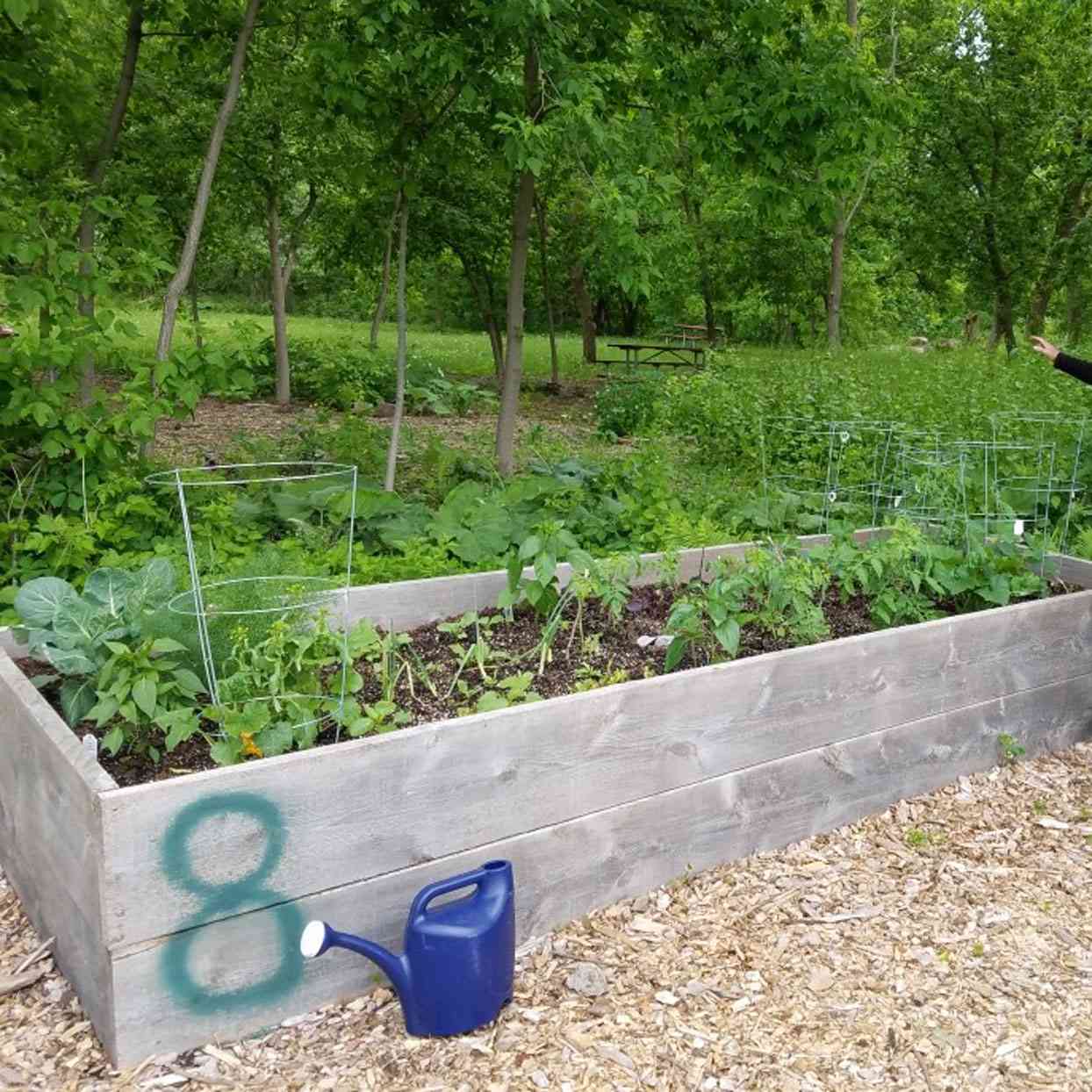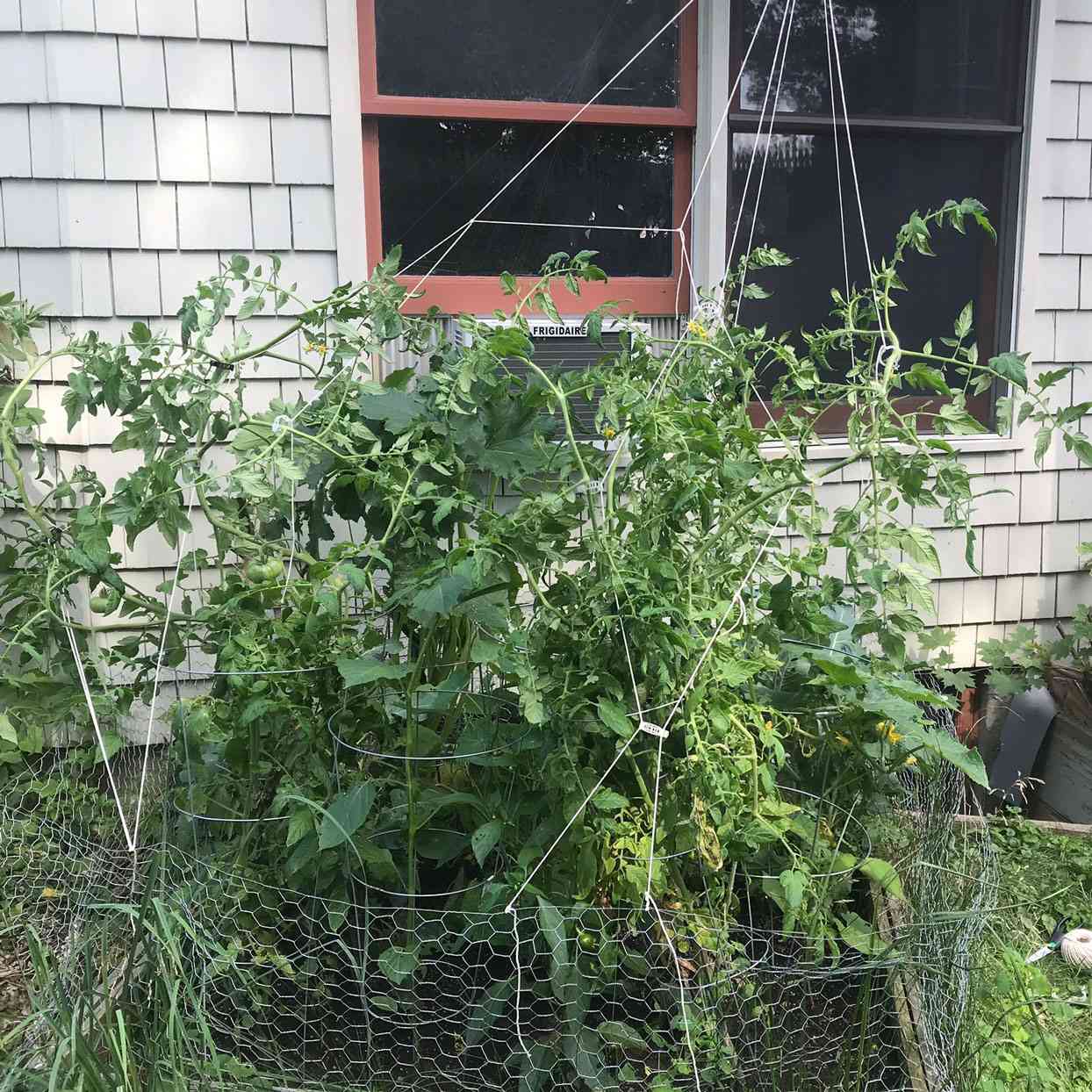I love gardening. If you are considering it, you should definitely try your hand at gardening this year. That being said, even four years in, I am not a master and I have definitely taken my lumps. I could write this whole article about heartbreaks when plants die or get uprooted by a big storm. Or I could vividly describe my detest for the large squirrels that ate literally every tomato from my plant on my porch last summer. (While I was working from home next to the window! How do they do it?)
Even through the ups and downs, gardening is one of the most rewarding hobbies. Nothing beats having fresh vegetables around and gardening is the most budget-friendly way to have lots of produce all summer long. When you are getting started, a little know-how goes a long way. Here are seven things I wish I knew before I started my first garden, so you can learn from my mistakes.
1. Make a Plan
Though it may be tempting to just "wing it" (especially if the space you are working with is small), make a plan and stick to it. I skipped a plan with my first four-by-four plot and it was a big mistake. I came away with very little yield. Without a plan, it is easy to overcrowd or put plants together that don't like each other (i.e. they compete for the same nutrients). Even for container gardening, a plan helps make sure each plant has a pot to call home. A little research goes a long way. Consider the space you have, the space you desired plants need and go from there.

2. Start Small
There are endless vegetables, fruits and flowers that can be grown in a garden, but many take experience and knowledge to have success. For your first plot, start slow. Choose easy-to-grow vegetables and herbs to get the hang of it with plants that are more forgiving than, say, fresh strawberries or expensive heirloom seeds.
3. Start Your Seeds Early
Starting your own seeds is a great way to customize your garden and save money compared to buying seedlings from a greenhouse. However, especially if you live in a cold weather climate like me, they can take longer than you expect (more on how to start your own seeds here). If you have a dimly lit apartment or live somewhere without consistent sun, it might be worth investing in a grow light. I like this adjustable Luoran Grow Light with Stand, and it's available on Amazon for $30.
Before you move your seedlings to your garden, it is important to expose them to the outdoors (this is called 'hardening' them to the elements). When temperatures are consistently above 55 degrees, I will bring my seedlings outside during the day but bring them inside overnight or if it's storming or windy. This allows their stems and leaves to strengthen so it isn't such a shock when they're planted outside. I realize I am talking about plants like they're pets, but that's gardening y'all.

4. Don't Overcrowd
Take my word for it on this one. It is well worth it to actually give your plants the space that the seed packet says they need. Otherwise, your garden might just look like a jungle (see above) by mid-July, making it impossible to even harvest any of the produce you worked so hard to grow. Also, if you plant things to close together, you run the risk of shading small plants and herbs. It also can force plants' roots to compete with each other, which will lessen your yield and potentially kill one of your plants.
5. Compost, Compost, and Compost Again
Plants draw their nutrients from the soil. Therefore, to have healthy plants that grow nutritious produce, you need to have healthy soil. Use compost at the beginning and the midpoint of your growing season, or any time you add new seedlings to your garden. You can buy some at your local greenhouse, but to save extra money, try your hand at making your own.
6. Visit Often
Go to your garden every day or every other day. This is easy if it's in your backyard, not as much if it's in a community garden site (if you're like me and don't have a yard to work with). Since I have a little trek to get to my garden, I make it an event. Last summer, I would bike down and sometimes bring my lunch so I could water and take stock of everything while having a nice outdoor lunch break. Or go after work and bring a beer (a little bird told me that is pretty nice too).
7. Be Prepared to Preserve (and Share!)
Successful gardens, which I'm sure you all will have, yield a lot of food (I mean a lot). Get ready to top every meal with a mountain of fresh herbs, and to eat at a tomato a day. Beyond trying to eat as much as you can, learn to preserve excess produce so you can have fresh garden flavors all year. You can also use your extras to give to others. Make a meal for a local food bank or shelter (check first to see if they accept fresh donations), or bring some to a neighbor or friend. None of the delectable, hard-earned garden produce you grow should go to waste.
Bottom Line
Gardening may feel a little intimidating, and it can be hard to know where to start. With these tips, you will be set up for a successful plot that yields delicious, nutritious produce all summer. Gardening can help you save money and eat healthier, while giving you a fun and rewarding way to get outside. Plus, I have never appreciated farmers so much as when I started gardening. Try it for yourself this summer.
This article was from EatingWell and was legally licensed through the Industry Dive publisher network. Please direct all licensing questions to legal@industrydive.com.





